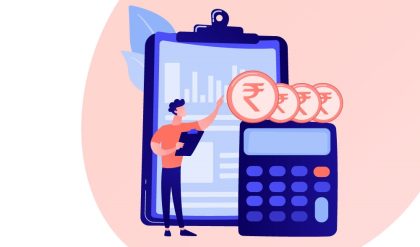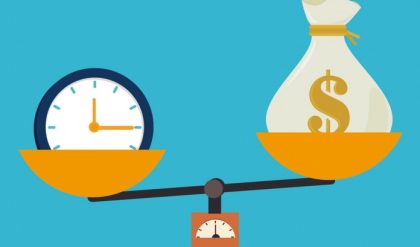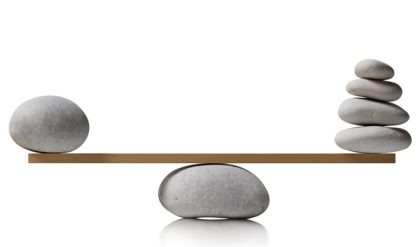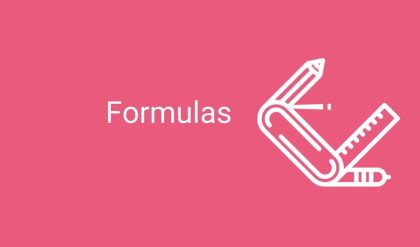Costs play a very important role in managerial decisions especially when a selection between alternative courses of action is required. It helps in specifying various alternatives in terms of their quantitative values.
Following are various types of cost concepts −
Future and Past Costs
Future costs are those costs that are likely to be incurred in future periods. Since the future is uncertain, these costs have to be estimated and cannot be expected to absolute correct figures. Future costs can be well planned, if the future costs are considered too high, management can either plan to reduce them or find out ways to meet them.
Management needs to estimate future costs for a various managerial uses where future cost are relevant such as appraisal, capital expenditure, introduction of new products, estimation of future profit and loss statement, cost control decisions, and expansion programs.
Past costs are actual costs which were incurred on the past and they are documented essentially for record keeping activity. These costs can be observed and evaluated. Past costs serve as the basis for projecting future cost but if they are regarded high, management can indulge in checks to find out the factors responsible without being able to do anything about reducing them.
Incremental and Sunk Costs
Incremental costs are defined as the change in overall costs that result from particular decision being made. Change in product line, change in output level, change in distribution channels are some examples of incremental costs. Incremental costs may include both fixed and variable costs. In the short period, incremental cost will consist of variable cost—costs of additional labor, additional raw materials, power, fuel etc.
Sunk cost is the one which is not altered by a change in the level or nature of business activity. It will remain the same irrespective of activity level. Sunk costs are the expenditures that have been made in the past or must be paid in the future as a part of contractual agreement. These costs are irrelevant for decision making as they do not vary with the changes contemplated for future by the management.
Out-of-Pocket and Book Costs
“Out-of-pocket costs are those that involve immediate payments to outsiders as opposed to book costs that do not require current cash expenditure”
Wages and salaries paid to the employees are out-of-pocket costs while salary of the owner manager, if not paid, is a book cost.
The interest cost of owner’s own fund and depreciation cost are other examples of book cost. Book costs can be converted into out-of-pocket costs by selling assets and leasing them back from the buyer.
If a factor of production is owned, its cost is a book cost while if it is hired it is an out-of-pocket cost.
Replacement and Historical Costs
Historical cost of an asset states the cost of plant, equipment, and materials at the price paid originally for them, while the replacement cost states the cost that the firm would have to incur if it wants to replace or acquire the same asset now.
For example − If the price of bronze at the time of purchase in 1973 was Rs.18 per kg and if the present price is Rs.21 per kg, the original cost Rs.18 is the historical cost while Rs.21 is the replacement cost.
Explicit Costs and ImplicitCosts
Explicit costs are those expenses which are actually paid by the firm. These costs appear in the accounting records of the firm. On the other hand, implicit costs are theoretical costs in the sense that they go unrecognized by the accounting system.
Actual Costs and Opportunity Costs
Actual costs mean the actual expenditure incurred for producing a good or service. These costs are the costs that are generally recorded in account books.
For example − Actual wages paid, cost of materials purchased.
The concept of opportunity cost is very important in modern economic analysis. The opportunity costs are the return from the second best use of the firm’s resources, which the firm forfeits. It avails its return from the best use of the resources.
For example, a farmer who is producing wheat can also produce potatoes with the same factors. Therefore, the opportunity cost of a ton of wheat is the amount of the output of potatoes which he gives up.
Direct Costs and Indirect Costs
There are some costs which can be directly attributed to the production of a unit for a given product. These costs are called direct costs.
Costs which cannot be separated and clearly attributed to individual units of production are classified as indirect costs.





